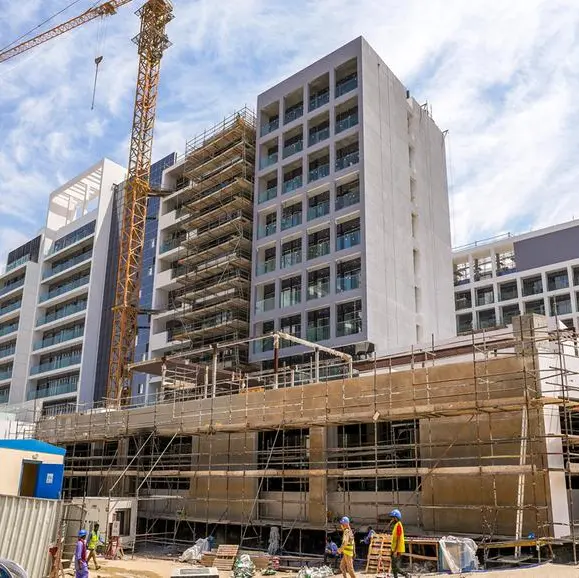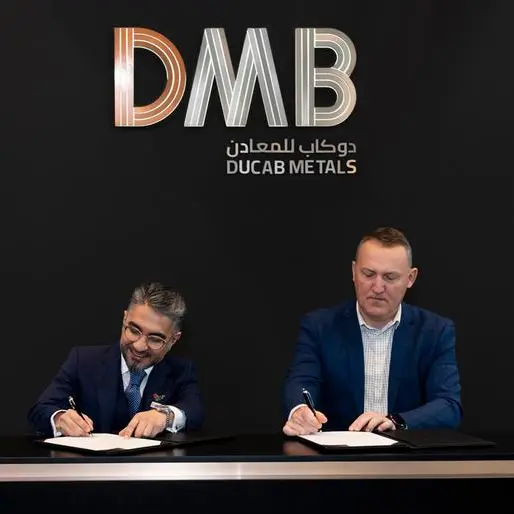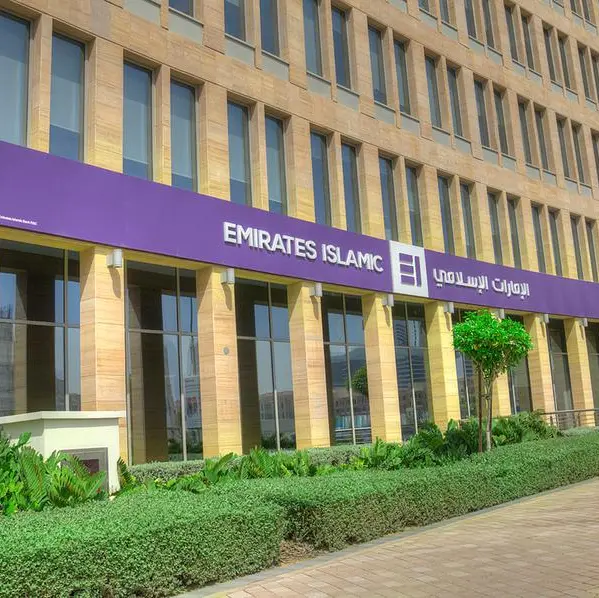MARC has affirmed Malayan Banking Berhad's (Maybank) long-term and short-term financial institution ratings of AAA and MARC-1 with a stable outlook. The affirmed ratings reflect Maybank's very strong domestic banking franchise and resilient earnings generation, underpinned by a stable funding structure and strong capital position. These strengths notwithstanding, the rating agency notes weakening asset quality metrics and continued pressure on margins. As Maybank is an operating entity as well as a financial holding company with subsidiaries involved in Islamic banking, insurance and takaful and investment banking, the rating assessment considered the consolidated credit profile of the Maybank group given the strong inter-linkages within the group and the potential capital support required from its parent.
Maybank group remains Malaysia's largest financial service provider with total assets of RM660.2 billion as at the first quarter of 2015 (1Q2015). It also has a wide domestic coverage and is present in about 20 countries, including all ASEAN countries. On a consolidated level, the group's loans/financing grew by 13.3% in 2014, supported by larger expansions in the bank's international business. Domestically, Maybank's Islamic subsidiary Maybank Islamic Bhd (Maybank Islamic) remained its major source of domestic loan growth, benefitting from the rapid expansion of Islamic financing which achieved a 25% year-on-year (y-o-y) growth in 2014. At the bank level, Maybank registered a loan growth of 11.0% in 2014 (2013: 10.5%), mainly attributed to its Singapore and Hong Kong operations.
MARC is of the view that the bank's rapid loan expansion in recent years may have led to increasing asset quality issues. Total gross impaired loans rose by 12.5% y-o-y to RM4,250 million in 2014, with the domestic construction loan portfolio contributing to the majority of impairments. However, the gross impaired loans ratio has remained flat at 1.6% (2013: 1.6%) due to a concomitant increase in loan base. The risk to the bank's asset quality is likely to increase over the near term given the challenging economic environment characterised by weaker commodity prices and tighter household financing. That said, MARC expects the bank to manage its asset quality concerns through further tightening of its lending criteria. In addition, the bank's resilient earnings, fairly high reserves and strong capital base provides a buffer against any moderate weakening in asset quality.
The bank's pre-tax pre-provision profit of RM7.1 billion in 2014 was 1.7 times of total gross impairments of RM4.2 billion, providing a significant buffer to absorb credit cost. This has ranged between RM268 million and RM502 million in the last three years while the loan loss coverage ratio stood at 103.0% as at end-2014 (2013: 116.2%). For 2014, the bank's profit after-tax increased by 20.8% y-o-y to RM5,903 million on the back of loan expansions and write-backs of provisions (RM224 million). The strong performance masked the underlying pressures on net interest margin (NIM) which continued its declining trend and the weak non-interest income growth which was impacted by soft domestic capital market conditions. NIM stood at 1.84% (2013: 1.99%) while non-interest income grew at a tepid 3.5%.
During 1Q2015, the bank's pre-tax pre-provision profit of RM1.5 billion was 2.8 times of total new impairments of RM545.4 million, providing a good buffer to absorb credit cost. Overall, the bank's profit after-tax decreased by 20.7% y-o-y as there were no dividends upstreamed from a subsidiary for the period (1Q2014: RM400.7 million); on excluding this, Maybank's profit would increase by 10.0% y-o-y during the period.
In terms of capitalisation, Maybank's Tier-1 and total capital adequacy ratios (CAR) remained strong with both at 16.3% as at end-2014 (end-2013: 15.9%), well above the industry average. The bank's capital base was supported by its stable earnings generation and high take-up rate on the Dividend Reinvestment Programme. The bank maintains a stable funding profile attributed to its strong banking franchise. Customer deposits grew by 12.2% y-o-y, improving the loan-to-deposit ratio to 87.6% in 2014 (2013: 88.6%). The proportion of current account-savings account (CASA) deposits to total customer deposits remained strong at 35.8% in 1Q2015 (2014: 35.7%). At the group level, pre-tax profit grew by 2.7% to RM9.1 billion in 2014 (2013: RM8.9 billion) with domestic operations accounting for 71.2% of group pre-tax profit (2013: 69.7%). In terms of earnings contribution from international operations, results from its Indonesian operations were affected by asset quality issues arising from higher credit cost which led to a decline in profit contribution to the group to 3.0% from 7.4% in the previous year. At the group level, Maybank group's total CAR was also higher at 16.2% as at end-2014 from 15.7% as at end-2013, while its Tier-1 capital ratio improved to 13.5% from 13.1% in the previous year.
During 1Q2015, the bank's Tier-1 and total CAR remained intact with both ratios standing at 15.5% while the group's Tier-1 and total CAR stood at 15.7% and 13.2% respectively. At the group level, profit after-tax grew by 4.7% to RM1.7 billion. While MARC notes the group's continuing profit trend, concerns on the bank's Indonesian operations remain elevated as the gross impaired loans ratio increased to 3.7% (end-2014: 3.4%).
The stable ratings outlook reflects MARC's expectations that the group will sustain its performance and continue to manage its asset quality issues by adhering to prudent policies, particularly as the bank pursues regional expansion.
Contact: Sharidan Salleh, +603-2082 2254/ sharidan@marc.com.my.
© Press Release 2015










